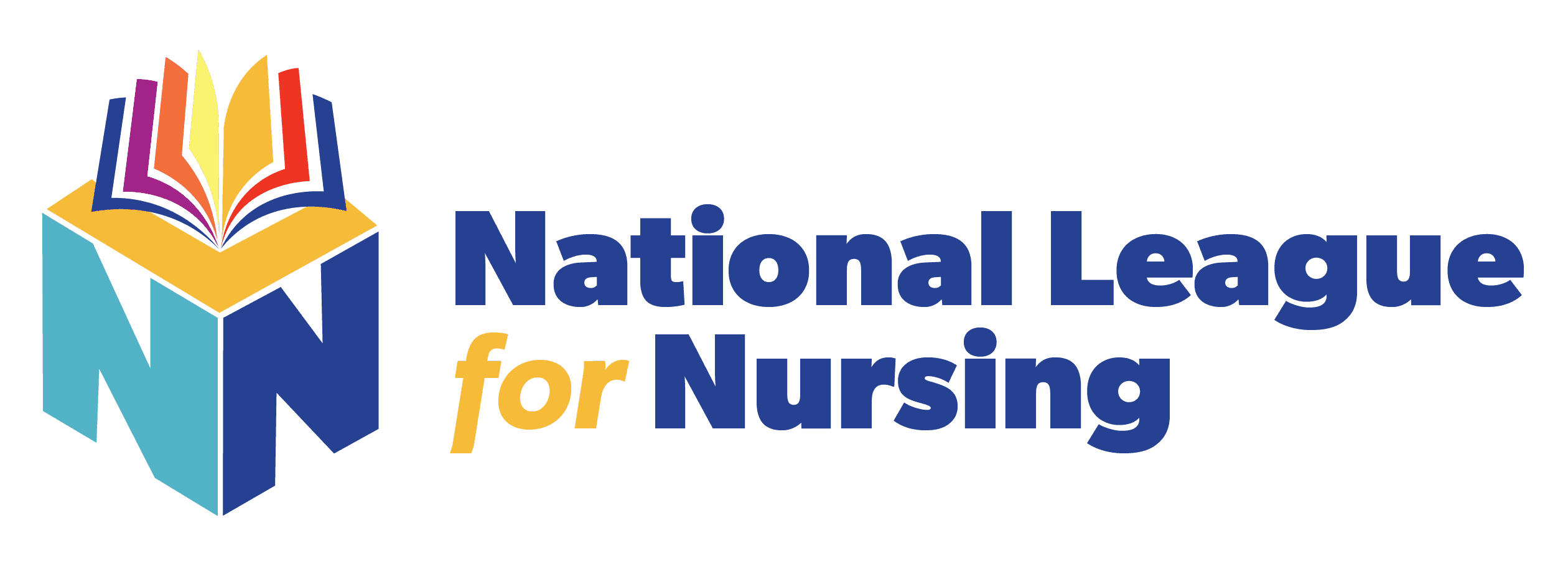The following tools can be used in a variety of teaching and learning settings to enhance student learning and understanding of end-of-life care: videos, case studies, concept mapping.
- Videos can be useful to help students understand the human aspect of providing care for older adults and their families at the end of life. Using end-of-life (palliative care and/or hospice) videos helps demonstrate to students the difficulties older adults face when making decisions regarding end-of-life care. This may be particularly useful when introducing end-of-life concepts during large didactic lectures, as it provides students with real-life situations and a view of the complexity and challenges older adults face at the end of life.
- Case studies are useful to help students better understand the challenges individuals and families face during end-of-life transitions. Case studies foster students’ critical thinking by illustrating and contextualizing the complexities associated with end-of-life care. This approach may be best suited for small group discussions, or post-clinical debriefings and discussions.
- Concept mapping facilitates students’ critical thinking related to the needs of older adults and their families during end-of-life decision making. Concept mapping based on a clinical situations or case studies stimulates student thinking and broadens students’ conceptualization of important end-of-life care needs, as well as allowing them to individualize those needs to specific contexts, individuals, and family situations.
Each of the above approaches should emphasize the essential and important role of the interdisciplinary team regarding end-of-life care. Students should be introduced to various professional roles on the interdisciplinary end-of-life care team (nurse, physician, pharmacist, chaplain, social worker, bereavement counselor, and other relevant roles as appropriate), and the impact and specific role of nurses on the care of the older adults at the end of life.
- Hospice and palliative care videos can be found in a variety of locations. One video (and segments of the video) that has been used in the past comes from Graceful Passages, The Hospice Journals (2009, The Center for Hospice & Palliative Care, Inc). Any hospice or palliative care video can be used to implement this strategy.
- Case study material can also come from a variety of sources. There are several well-developed unfolding cases on the NLN ACE.S website. One unfolding case, Julia Morales and Lucy Grey, is particularly useful for addressing end-of-life care. Below is a case study example of Julia Morales, which can be used to stimulate discussion or creation of a concept map.
Case studies can also be used to help students explore issues with end-of-life caregiver strain and burden. The article from The Atlantic, “Letting Go of My Father” (Rauch, 2010), details the challenges and strain a caregiver might face when caring for family members during end of life transitions.
